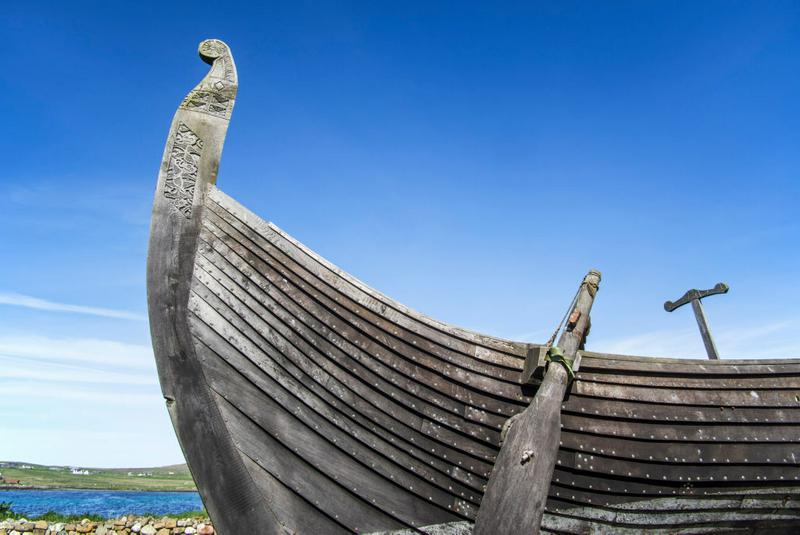Did The Vikings Reach Ancient Mexico?
By | September 5, 2021

We know the Vikings were accomplished sailors who explored Iceland, Greenland, and Canada, but they may have made it even farther into the New World. It's possible, some researchers contend, that they sailed their mighty ships all the way to the Yucatan Peninsula, where they encountered the Ancient Mayan people.
Ari Marson
Ancient ruins in Newfoundland have been definitively tied to the Vikings, so we know they at least reached North America, and Norse sagas about the long voyage of a man named Ari Marson are eerily similar to Mayan legends. According to these tales, Marson set sail from what is now Ireland in 965 for Greenland, but a violent storm blew his ship off course. When he finally reached land, he encountered a population of friendly natives who nevertheless engaged in some practices Marson found questionable, specifically human sacrifice. This could have ended in a bloody ancient culture war, but Marson found common ground with the natives, teaching them some new skills and even founding a new city in this strange land. Marson lived with the native people for some time but eventually sailed his longboat back to Ireland.

The Mayan Version
Mayan lore is full of friendly, pale foreigners, which could be why the natives put up little resistance when the Spanish Conquistadors landed in what is now Mexico in 1519, but the legend of Quetzalcoatl bears perhaps the most resemblance to that of Marson. Quetzalcoatl was said to be a fair-skinned god who arrived in the Yucatan on a raft made of serpents (Viking ships were often decorated to look like dragons). The Mayan people supposedly banned human sacrifice when Quetzalcoatl expressed his displeasure at the practice, learned metalworking from him, and built the city of Tula together. Interestingly, Tule was the name for Scandanavia in the medieval era.

Chichen Itza
A mural found in the ancient ruins of Chichen Itza in the Yucatan may also provide some evidence of Viking explorers traveling to Mexico. The mural, which dates back to between 600 and 900 C.E., appears to show people of Aztec, Mayan, and Scandinavian ancestry. The Scandinavian men appear to be in bondage to the Aztecs, suggesting they were defeated by them, so it seems not every Viking encounter with these natives was so friendly. We may never know the truth about Vikings in Ancient Mexico, but it's possible there is much more to the history of the Americas than we know.

